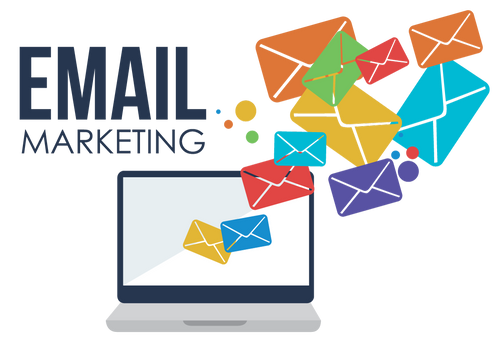Personalization has become the cornerstone of successful email marketing in the digital age. It's not just about addressing your subscribers by their first names; it's about delivering content tailored to their unique interests and behaviors. In this article, we'll explore the power of personalization in email marketing, how it can drive engagement, and provide tips on implementing it effectively.
The Power of Personalization:
Personalization is more than just a marketing buzzword; it's a strategy that works. According to a study by Marketing Dive, emails with personalized subject lines are 26% more likely to be opened. Personalized email content, whether it's product recommendations, relevant offers, or dynamic content, can significantly boost click-through rates and conversions. It's all about making your subscribers feel like you're speaking directly to them.
Implementing Effective Personalization:
- Segment Your Email List: Divide your subscribers into segments based on factors like demographics, purchase history, browsing behavior, and engagement. This allows you to tailor your content to each group's preferences.
- Dynamic Content: Use dynamic content blocks within your emails to display personalized recommendations or information based on each subscriber's data. For example, an e-commerce store can show product recommendations based on past purchases.
- Behavior-Triggered Emails: Set up automated emails triggered by specific subscriber actions. Send a "Thank You" email after a purchase or a follow-up email if they abandoned their shopping cart.
- A/B Testing: Continuously test and optimize your email personalization strategies. Experiment with subject lines, content, and timing to see what resonates best with your audience.
Conclusion:
Personalization is not just a trend; it's a necessity in today's email marketing landscape. Leveraging personalization techniques can drive higher open rates, click-through rates, and conversions. By segmenting your list, using dynamic content, triggering behavior-based emails, and regularly testing, you can harness the power of personalization to create more engaging and effective email campaigns.



